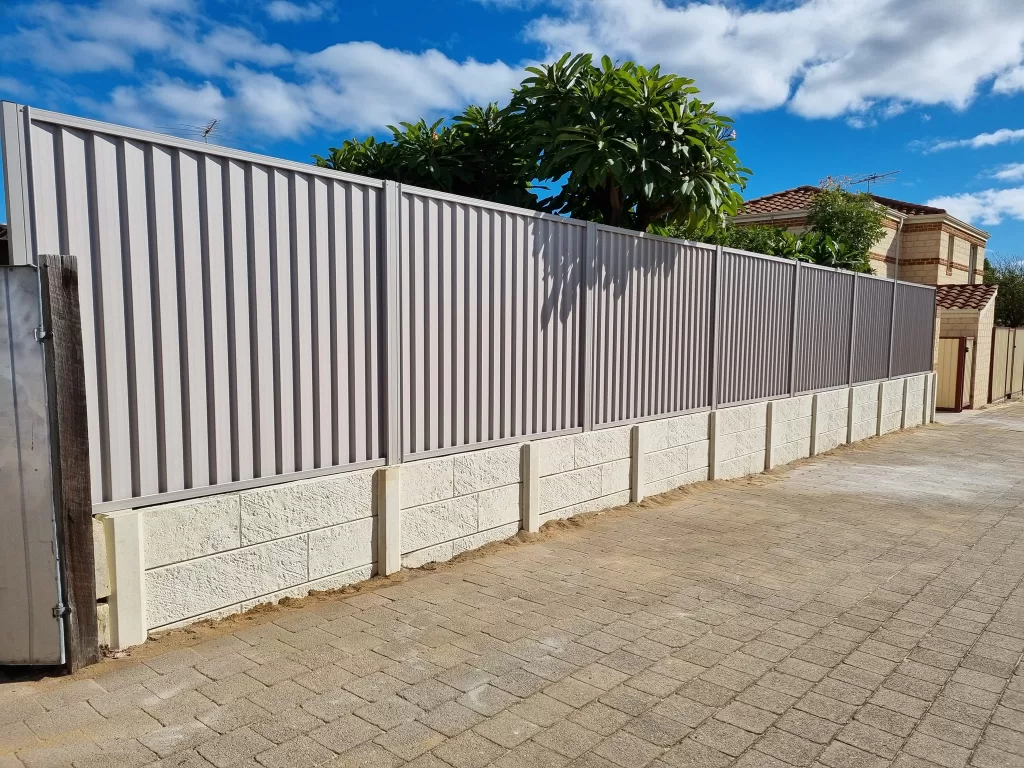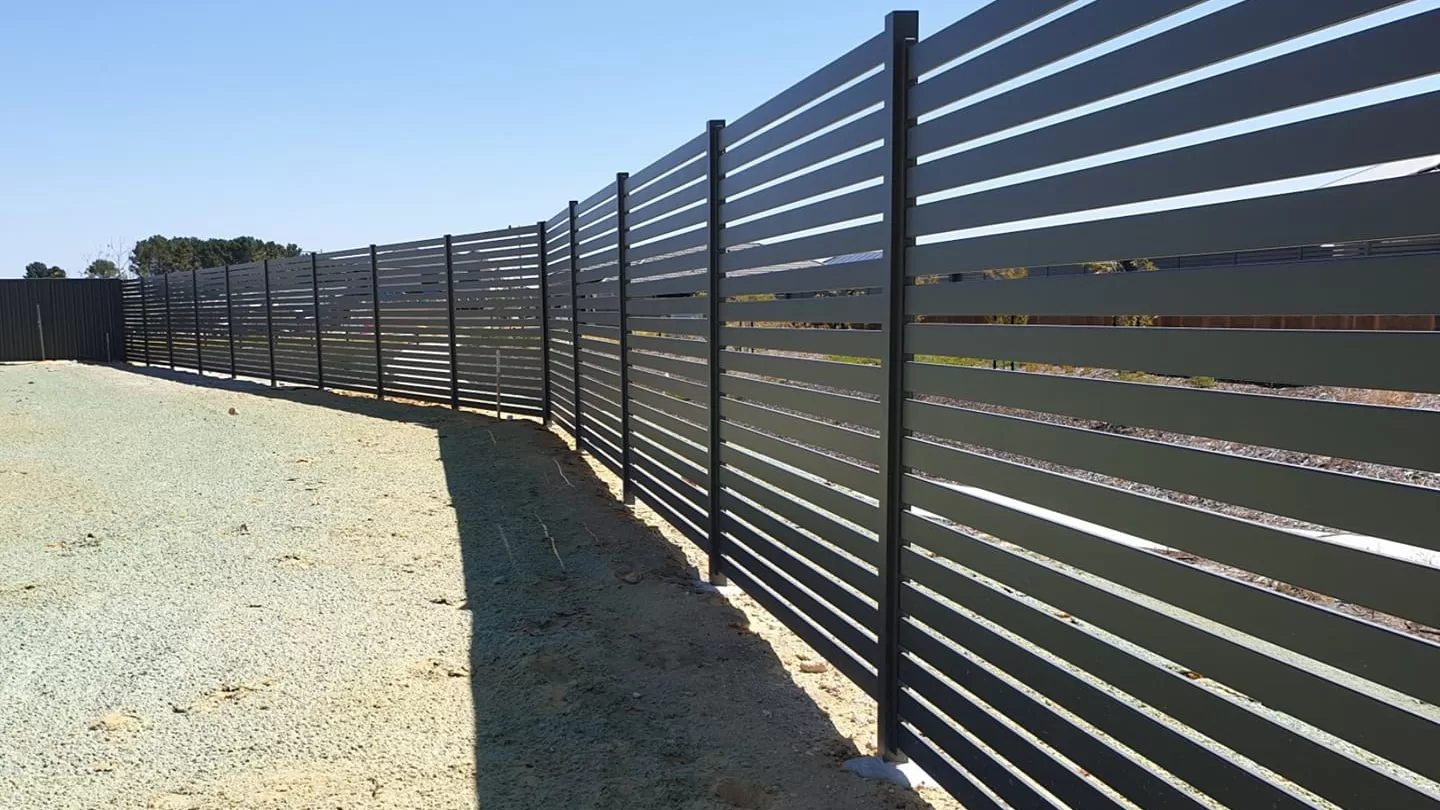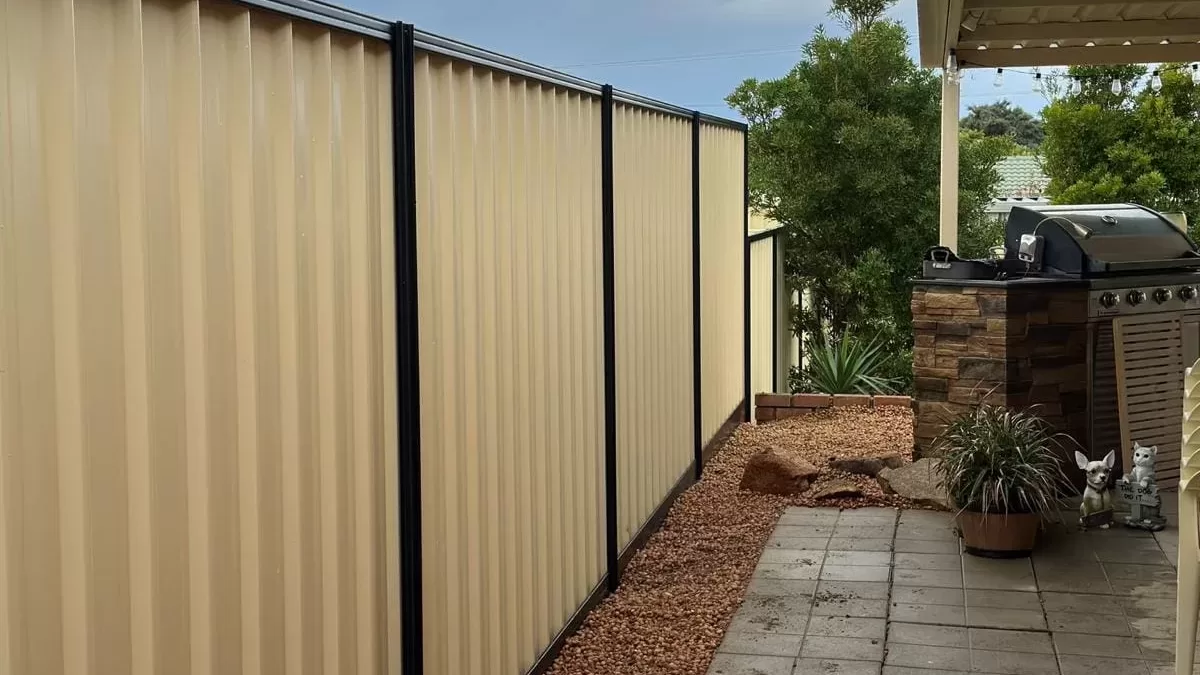
For most homeowners in Perth and around Western Australia, fences are an integral part of their property, providing privacy, security, and defining property boundaries. Yet, when it comes to insurance coverage, the question often arises: does home insurance cover fences? Let’s explore this question and the answers to it so that you have clarity for the future.
The Short Answer
In most cases, yes, standard home insurance policies in Australia do cover fences. However, the extent of coverage and the terms and conditions relating to it can vary depending on your specific policy and insurer.
This means it’s always important to review your policy details carefully to understand exactly what is and isn’t covered. It’s best to do this annually, too, as insurance policies can change over time. So, just because your insurer might have covered your fence to a certain extent in the past, doesn’t mean they will continue to do so year after year.
What’s Usually Covered When It Comes to Fences?
Most building insurance policies will cover damage to fences caused by a range of events that aren’t related to the homeowner and their upkeep of a property. You might wonder if common factors, like storms, lightning, or wind damage to fences are covered by insurance, and the answer is yes, in most cases. These events can knock down or damage fences and are usually included in home insurance policies.
Falling trees or branches are typically covered, too, as are damages caused by fire, including bushfires (though this can depend on the area in which your property is located at times). The same goes for earthquakes and tsunamis. Fences are generally also covered by issues from leaks and other liquid “escapes”.
If a vehicle crashes into your fence, this impact damage is likely to be included in your coverage, although if someone else runs into your fence with their vehicle, the damage may actually be covered by their car insurance policy. Also, vandalism or malicious damage to your fence is typically protected under most policies, as is theft (though, of course, the latter is fairly unlikely!).

Common Insurance Exclusions for Fences
Negligence
While fences are covered in most building insurance policies, there are some situations where your insurance might not pay out. Most of these relate to owner negligence.
For example, general wear and tear, such as gradual fence deterioration due to age or lack of maintenance, is usually not covered by insurance policies. It’s considered the homeowner’s responsibility to maintain their property.
If you choose hardy, long-wearing, and easy-care fencing, though, this reduces such issues. For example, Colorbond fencing lasts a long time and won’t, as such, deteriorate as quickly as some other fencing types, such as wooden ones can.
If you need help with Colorbond fencing insurance work, please feel free to contact us for more information about our services.
Pests
Damage caused by termites or other pests is often excluded from standard policies, too. This type of damage is typically seen as preventable through regular pest control measures.
Flood Damage
As for flood damage, this can be a tricky area. Some policies exclude flood damage entirely or restrict it to only properties in non-flood-prone areas, while others may offer it as an optional extra. It’s crucial to check your policy details regarding flood coverage, especially if you live in an area that has been known to experience floods over the years.
Disrepair
Lastly, if your fence was already in a state of disrepair before an incident occurred, your claim might be rejected.
What About Shared Fences With Neighbours?
Of course, many of us also have shared fences with neighbours on at least one side, if not two or three, of our properties. If you share a fence with one or more neighbours, your policy might only cover your portion of the fence. So, since you’d be seen as owning only half of the fence, you’d be entitled to insurance compensation that reflects your ownership when it comes time for a repair or replacement.
It’s important to understand your responsibilities when it comes to shared fencing, and it’s worth chatting with your neighbours about whether they have insurance to cover their half of a fence if something happens to it.

Understanding Insurance Policy Limits And Excesses
Limits
Be aware, too, that your home insurance policy may have specific limits in place when it comes to fence claims. For instance, there might be a cap on the amount you can claim for fence repairs or replacement. This limit could be a fixed amount or a percentage of your total sum insured.
Excesses
Plus, you will likely need to pay an excess when making a claim on your insurance. This is the amount you agree to contribute towards the cost of the claim. The excess amount can vary depending on your policy and the type of claim you’re making. Check your policy so you know what your excess is and, if something happens to your fence, if it’s only minor, consider if it’s worth claiming against your insurance or if you could engage a fence repairer or installer to fix it for a lower cost.
Fencing Insurance Tips For Property Owners
Know Your Policy
To ensure you’re adequately covered, it’s essential to read your policy carefully. Take the time to understand what is and isn’t covered in your specific policy. If anything is unclear, don’t hesitate to contact your insurer for clarification.
Maintain Fences
Regular maintenance of your fences is crucial. Not only does this keep your property looking good, but it can also prevent claim rejections based on pre-existing damage or wear and tear. Consider setting a regular schedule for fence inspections and repairs. If you think your current fencing is too old and worn, consider installing some new, long-wearing Colorbond fencing at your Perth property.
Document Fence Conditions
It’s a good idea to document the condition of your fences every so often. Take photos of your fences, especially after making repairs or improvements. This documentation can be invaluable if you need to make a claim in the future.
Consider Additional Coverage
If you have high-value fencing, such as heritage or stone walls, discuss additional coverage options with your insurer. Standard policy limits might not be sufficient to cover the replacement or repair of these specialty fences. The same goes if you live in flooding, bushfire, or earthquake-prone zones and insurance isn’t already included.
Talk To Your Neighbours
For shared fences, understand your responsibilities and discuss insurance coverage with your neighbours. Having clear agreements in place can prevent disputes if damage occurs.
Know Your Rights
While home insurance policies in Australia generally do cover fences, the specifics can vary significantly between policies and insurers. It’s important to review your policy thoroughly and understand its limits and exclusions.
If you’d like to install new fencing at your Perth or WA property that you’ll then get covered by insurance, chat with our team today and get a free quote for new supply and installation.
